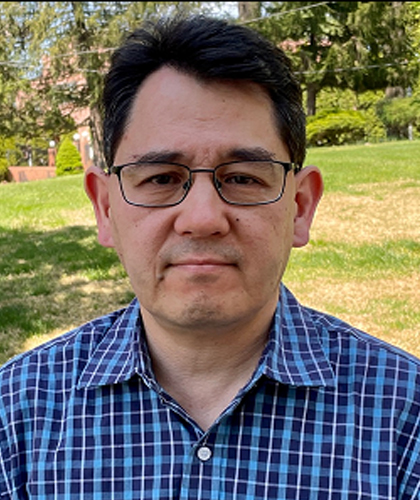Vision
Our laboratory is dedicated to the understanding and silicon implementation of the neural algorithms that support bat echolocation and echolocation-guided navigation in airborne vehicles. With a focus on sensorimotor problems, our main interest lies in adaptive sensing that gathers data specific to changing task specifications and changing levels of data quality. Our work has relevance for computational neuroscience, robotics (industrial, scientific, and military), and assistive technologies (esp. for the blind).
Research Focus
- Artificial head/pinnae structures for acoustic localization of broadband sounds
- Neural models of echolocation processing in the big brown bat
- Adaptive echolocation (acoustics and geometry) for task-guided sensing
- Neuromorphic VLSI implementation of spike-based neural algorithms
- Rapid collision-avoidance algorithms for aerial vehicle guidance
- Visual processing chips for aerial vehicle guidance
Facilities
The Computational Sensorimotor Systems Laboratory (CSSL) is primarily an electronic design and testing lab for neuromorphic VLSI circuits, ultrasonic acoustics, and small mobile robots. New capabilities for constructing and testing small aerial vehicles are being developed.
- Tektronix digital oscilloscopes (TDS)
- Tektronix high-speed logic analyzer
- Hewlett-Packard 1GHz spectrum/network analyzer
- Tucker-Davis (TDT) ultrasonic speaker/amplifiers
- Bruel & Kjaer ultrasonic reference microphones
- Prototyping surface-mount soldering capability
- VLSI CAD software (Tanner Research, L-Edit; Cadence, PSpice)

|
Timothy HoriuchiAssociate Professor301.405.7412 | timmer@umd.edu Profile |
Top